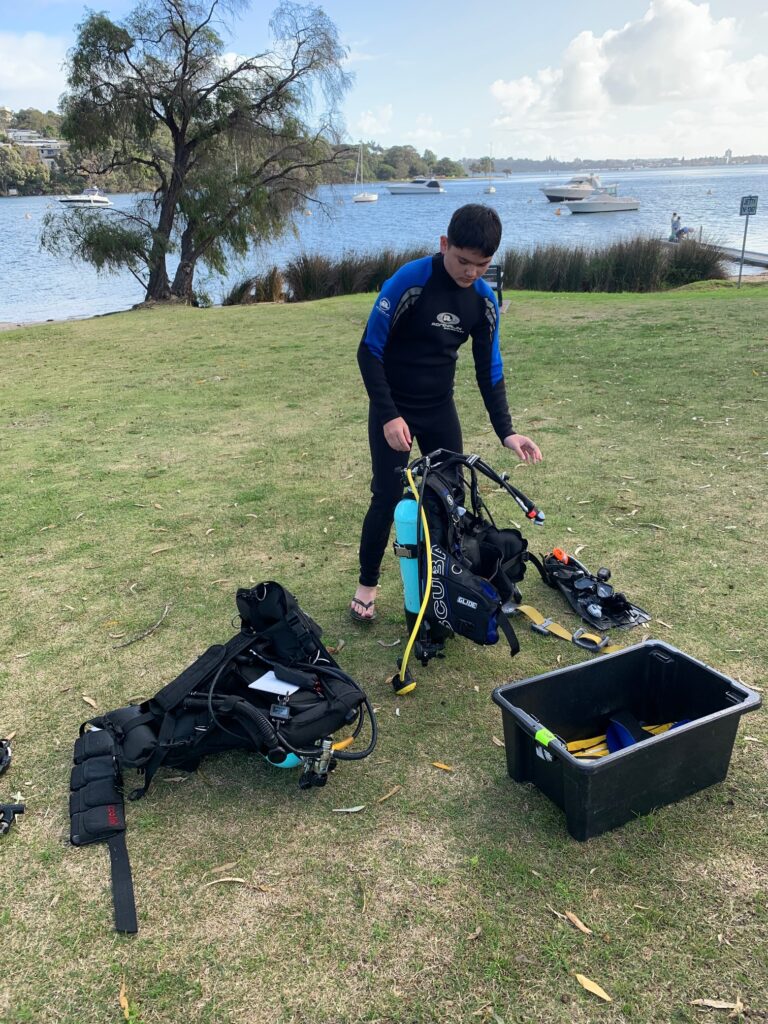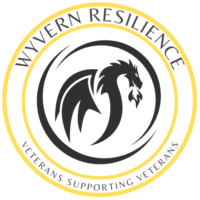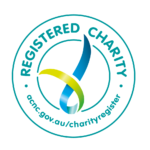
The SDI Junior Open Water Scuba Diver course is designed to train youth divers the necessary academics and skills to conduct open water dives alongside a dive professional or certified scuba diver parent until the age of 15. This course is the first step to start exploring the underwater world or even in your backyard.
Who this course is for:
- 10-14 year olds wishing to become a certified scuba diver who hold interest in the underwater world
Course prerequisites:
- Minimum age 10 with parental consent
- Students between the ages of 10 through 14 may obtain an SDI Junior Open Water Scuba Diver Certification if the following conditions are met: junior students are to train and dive under the direct supervision of a parent, guardian, or active dive professional
- When an SDI Junior Open Water Diver reaches the age of 15, they may upgrade to an SDI Open Water Scuba Diver certification
What you can expect to learn:
- History of diving
- Aquatic environment
- Marine life injuries
- Physics and physiology
- Repetitive dives
- Safety stops
- Emergency decompression
- Omitted decompression
- Nitrogen Narcosis
- Oxygen toxicity
- Carbon monoxide poisoning
- Mixed gases
- Hyperventilation, shallow water blackout
- Scuba equipment
- Mask, fins, and snorkel
- Exposure protection
- Buoyancy compensator device (BCD)
- Regulators
- Cylinders
- Weight systems
- Underwater instruments
- Compass
- Accessories
- Dive flag
- Planning your dive
- Diver fitness and overexertion
- Orientation to new or local diving environments
- Boat diving procedures
- Buddy system
- First aid
- Underwater Navigation
- Compass
- Natural
Some of the in-water skills include all of the following and more!
- Swimming evaluation (Must be completed prior to any scuba skill being taught)
- Distance swim of 200 metres non-stop using any stroke without the use of mask, snorkel or any swimming aids, or 300 metres non-stop using mask, snorkel, and fins
- Survival swim/float of 10 minutes
* Note: If an exposure suit is worn for any of the above skills, the wearer must be neutrally buoyant at the surface.
- Scuba skills
- Scuba system assembly and disassembly
- Weight system adjustment with proper weighting
- Removal and replacement of weight system on the surface
- Removal and replacement of weight system at depth
- Pre-dive check of self and buddy
- Partial mask clear at depth
- Full mask clear at depth
- Breathing and swimming underwater without a mask
- Buoyancy compensator device (BCD) use:
- Inflation and deflation (oral/power) at the surface
- Inflation and deflation (oral/power) at depth
- Removal and replacement at surface
- Removal and replacement at depth
- Buoyancy control
- Hovering
- Controlled ascents
- Controlled descents
- Regulator use
- Breathing, clearing, and recovery at the surface
- Breathing, clearing, and recovery at depth
- Underwater swimming; proper use of fins
- Entries and exits
- Controlled seated entry
- Giant stride entry
- Shallow water exit
- Deep water exit
- Snorkel use
- Adjustment
- Clearing; blast method
What’s in it for you?
- Upon successful completion of this course, graduates may conduct dives in conditions similar to their training and enroll in the Junior Advanced Adventure Diver program, along with other individual SDI Specialties appropriate for their age
SDI Junior Open Water Scuba Diver minimum requirements:
- Demonstrate mature and sound judgment concerning dive planning and execution
- Satisfactorily complete the SDI Junior Open Water Scuba Diver Knowledge Quest or equivalent SDI online learning exam with a passing score of 80%, followed by 100% remediation by the Instructor.
- Complete all open water requirements safely and efficiently

